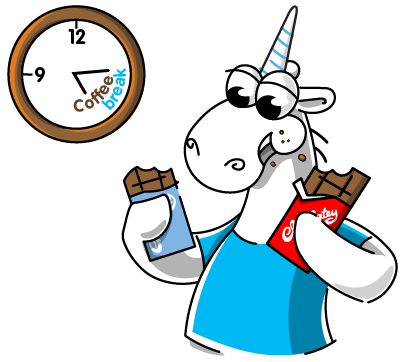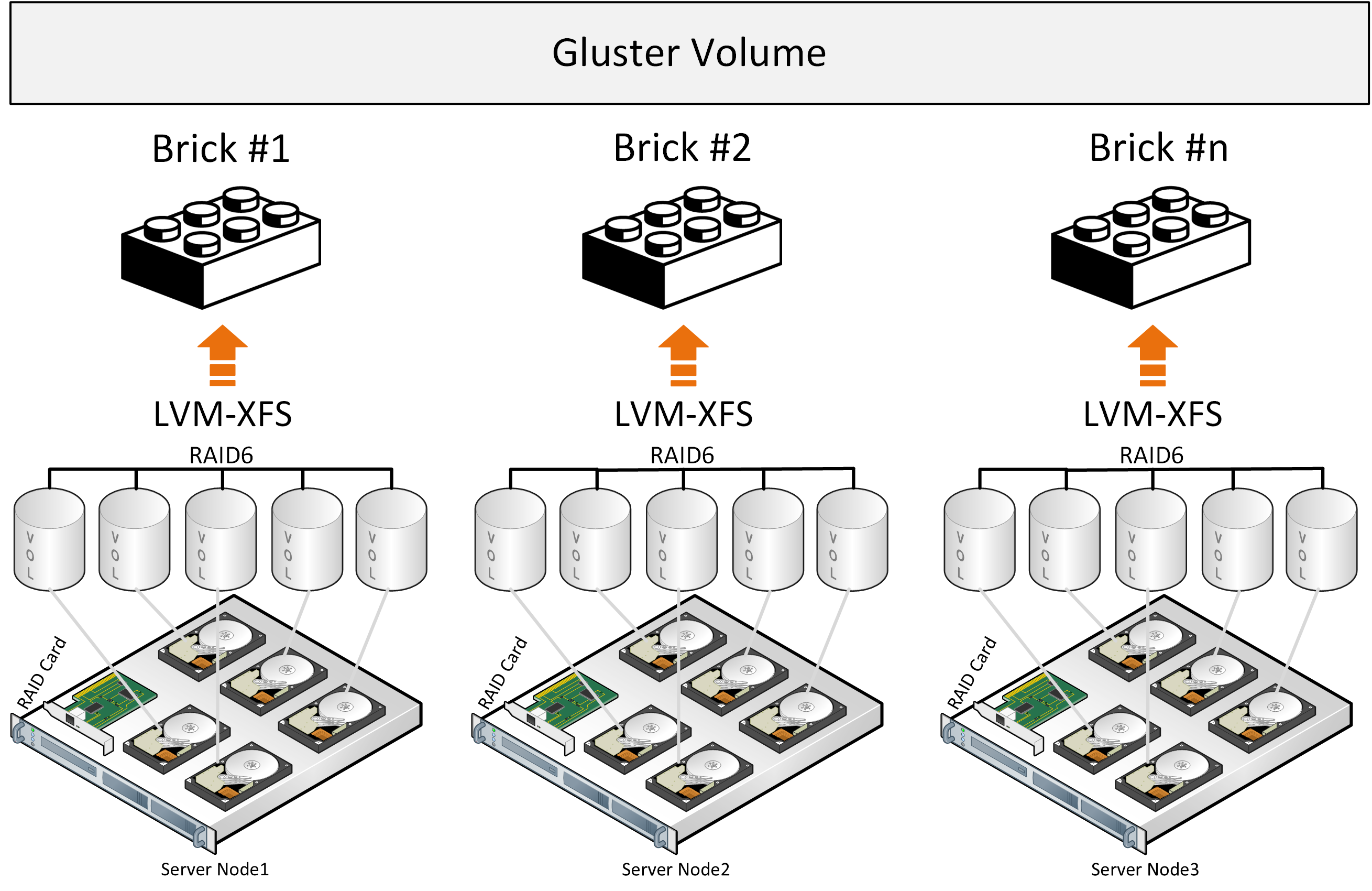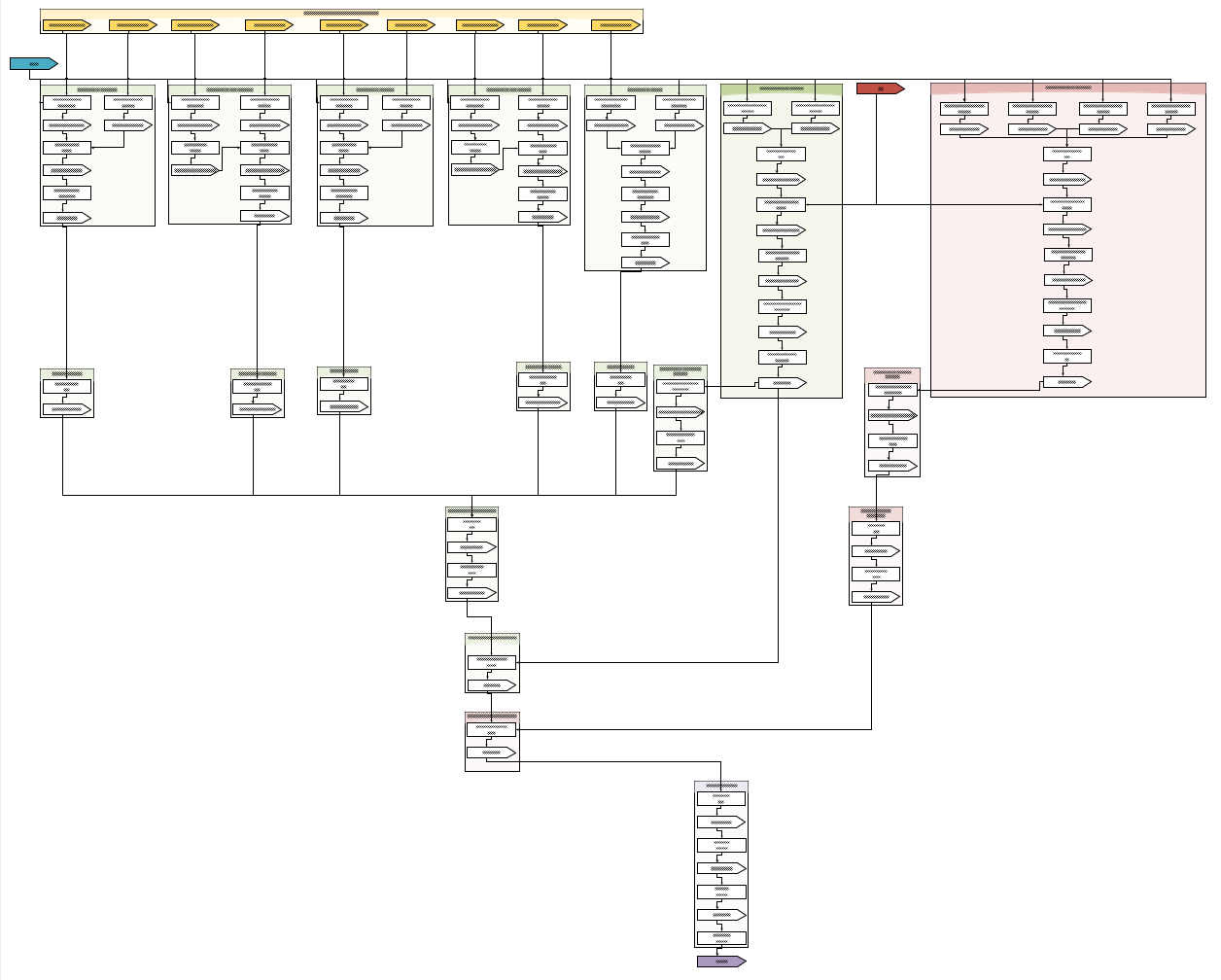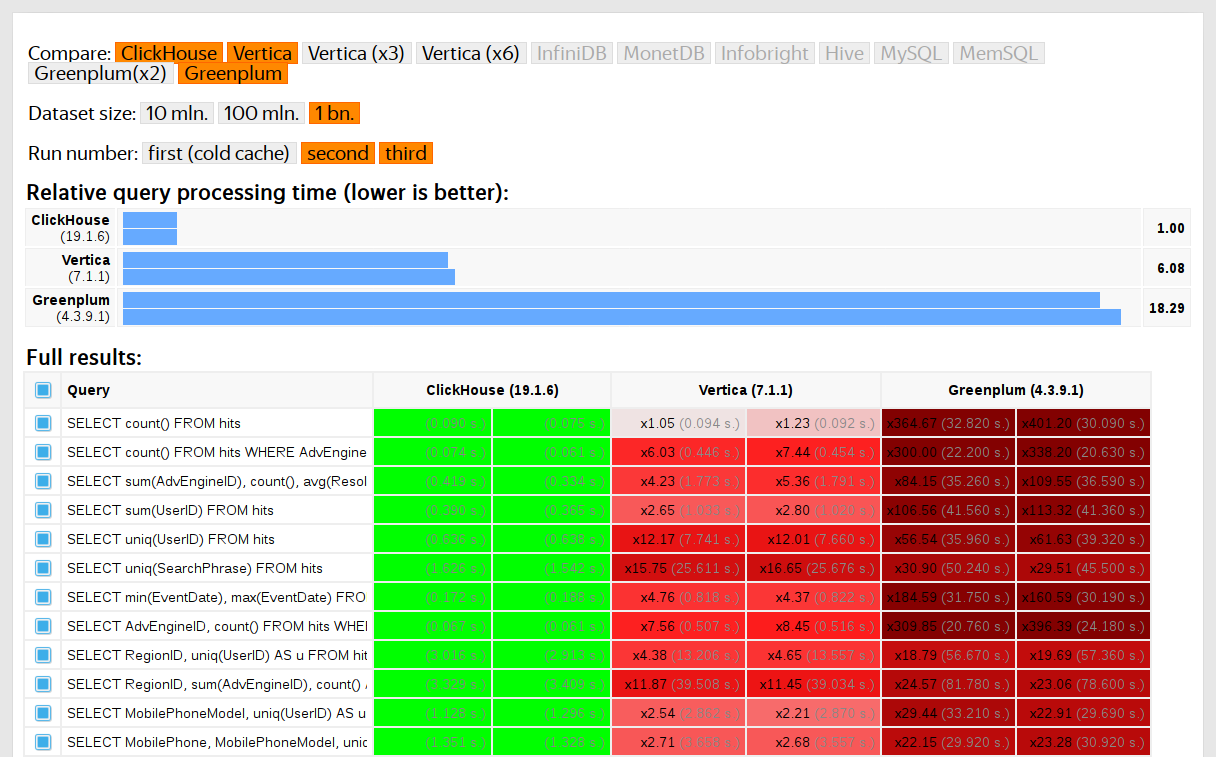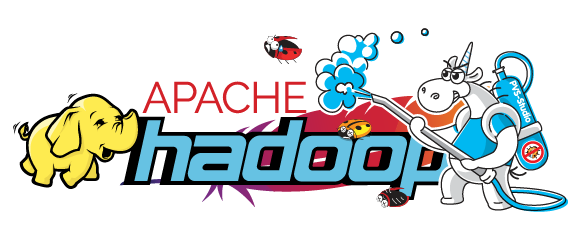External Interrupts in the x86 system. Part 3. Interrupt routing setup in a chipset, with the example of coreboot
We continue to investigate external device interrupt routing setup in the x86 system.
In Part 1 (Interrupt controller evolution) we looked at the theory behind interrupt controllers and all the necessary terminology. In Part 2 (Linux kernel boot options) we looked at how in practice the OS chooses between different interrupt controllers. In this part we will investigate how the BIOS sets IRQ to the interrupt controllers routing in a chipset.
None of the modern BIOS developer companies (AwardBIOS/AMIBIOS/Insyde) open their source code. But luсkily there is coreboot — a project aimed at replacing proprietary BIOS with free firmware code. In its source code we'll see what is needed to setup the interrupt routing in a chipset.











